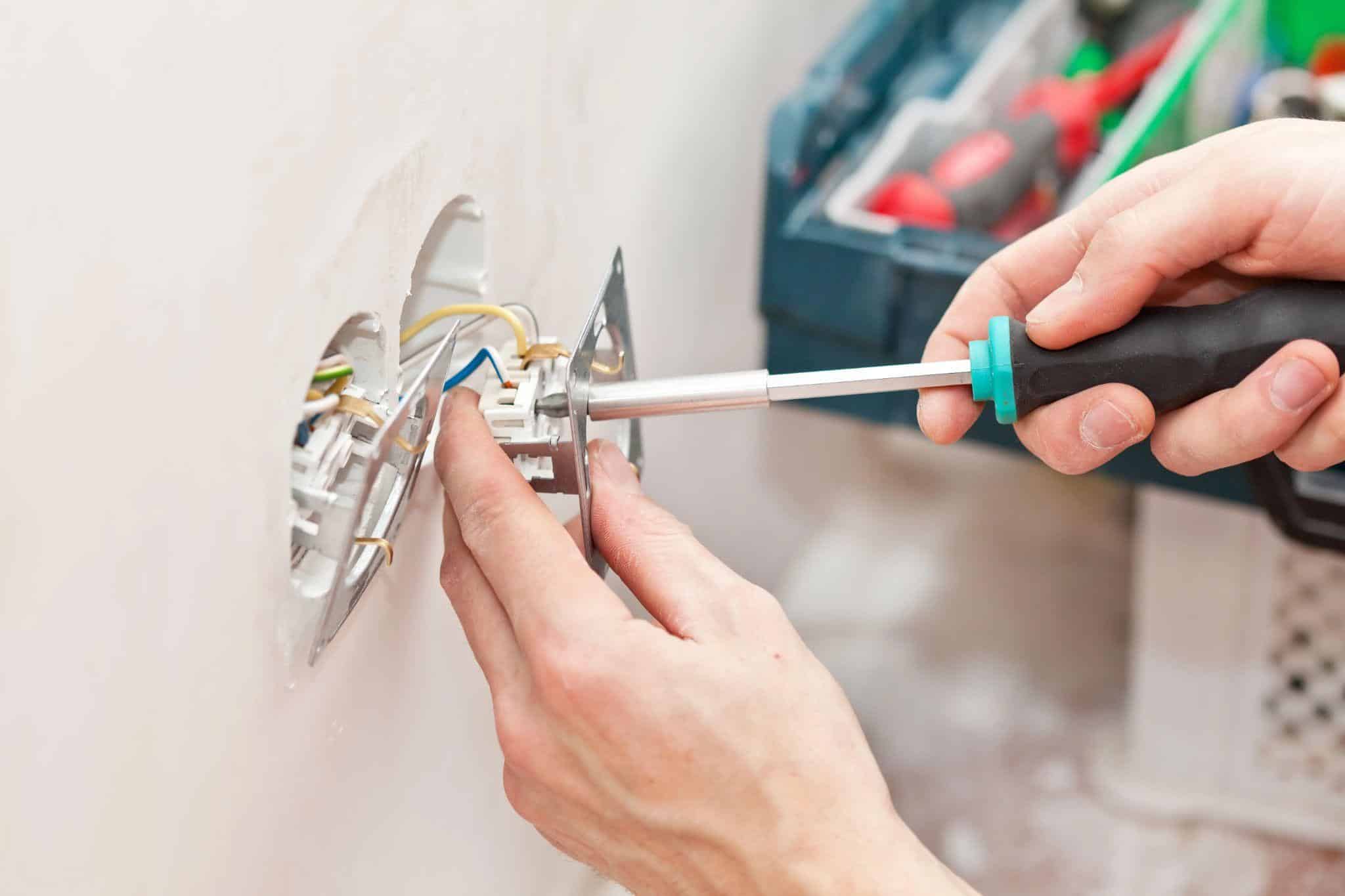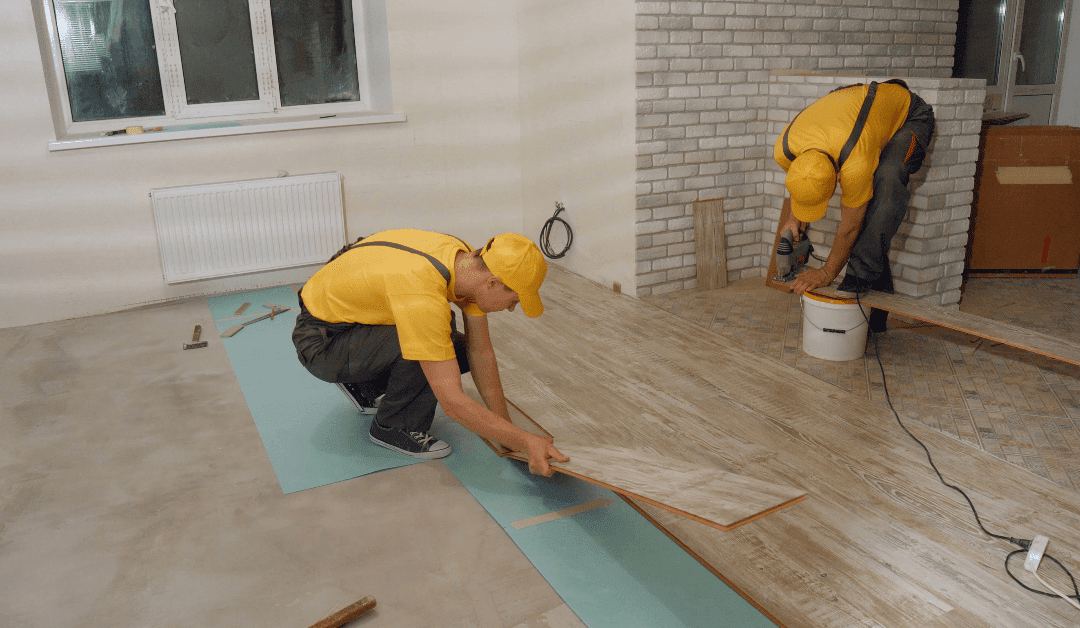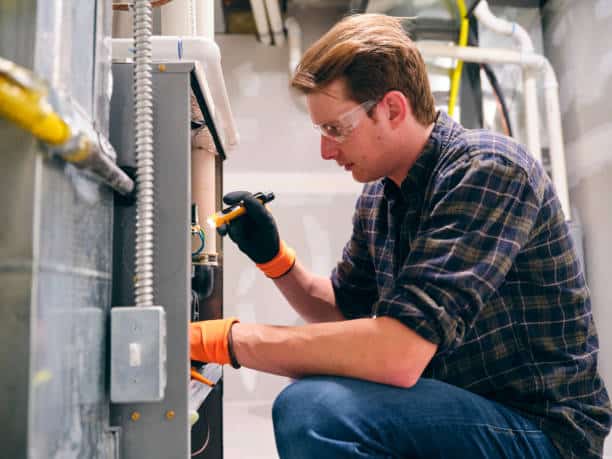How to Stay Safe with DIY Electrical Projects in Your Home
Electrical safety is paramount when undertaking DIY projects in your home. Not only can improper handling of electrical systems lead to severe injuries, but it can also cause significant property damage. Awareness of common risks and hazards associated with electrical work is crucial.
Furthermore, understanding and adhering to safety protocols ensures that projects are completed safely and effectively. This article explores the basics of electrical safety, essential tools, planning and preparation, safe wiring practices, testing and troubleshooting, and when it’s essential to call a professional electrician.
Understanding Basic Electrical Concepts
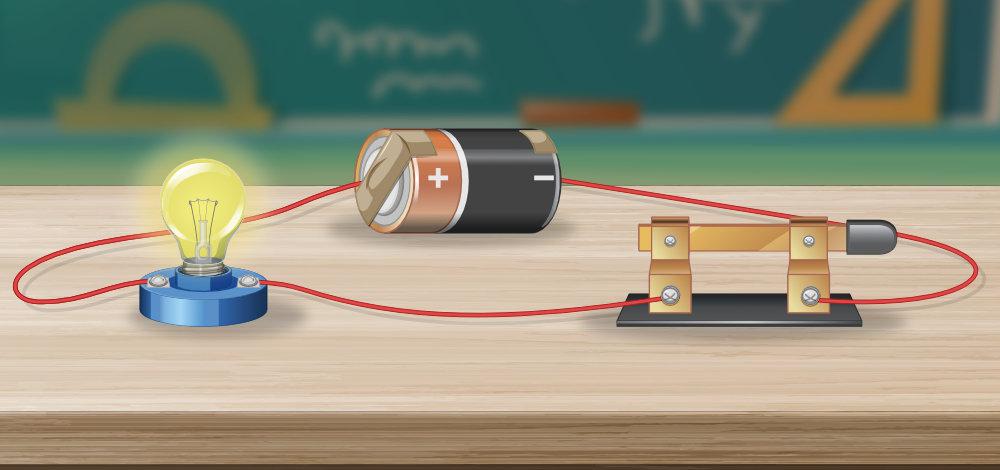
Grasping some basic electrical concepts can pave the way for safer DIY projects. Understanding voltage, current, and resistance is foundational. Voltage is the pressure from an electrical circuit’s power source pushing charged electrons through a conducting loop, enabling them to do work like producing light.
Current refers to the flow of electricity through a conductor, while resistance denotes how much a material opposes the flow of current.
Circuit breakers play a crucial role as they automatically cut off power supply if an electrical fault is detected, preventing overheating and potential fires. Grounding, another essential aspect, ensures that any excess electricity is directed safely into the earth, providing a safe pathway in case of a fault. Recognising different types of electrical wires and their uses, such as live, neutral, and earth wires, can help in safely managing connections.
Essential Safety Gear and Tools
When working with electricity, the appropriate safety gear is a lifesaver. Essential equipment includes insulated rubber gloves, safety goggles to protect your eyes from sparks, and flame-resistant clothing. Never underestimate the importance of using insulated tools such as screwdrivers and pliers designed specifically for electrical work to prevent accidental shocks.
Among the necessary tools for basic electrical tasks are a voltage tester to confirm circuits are de-energised, a wire stripper for removing insulation, and various types of pliers.
Regular maintenance and proper storage of these tools are vital to ensure their longevity and performance. Inspect tools for any damage before use and ensure they are kept in a dry, safe place to prevent rust and degradation.
Planning and Preparing for Your Project
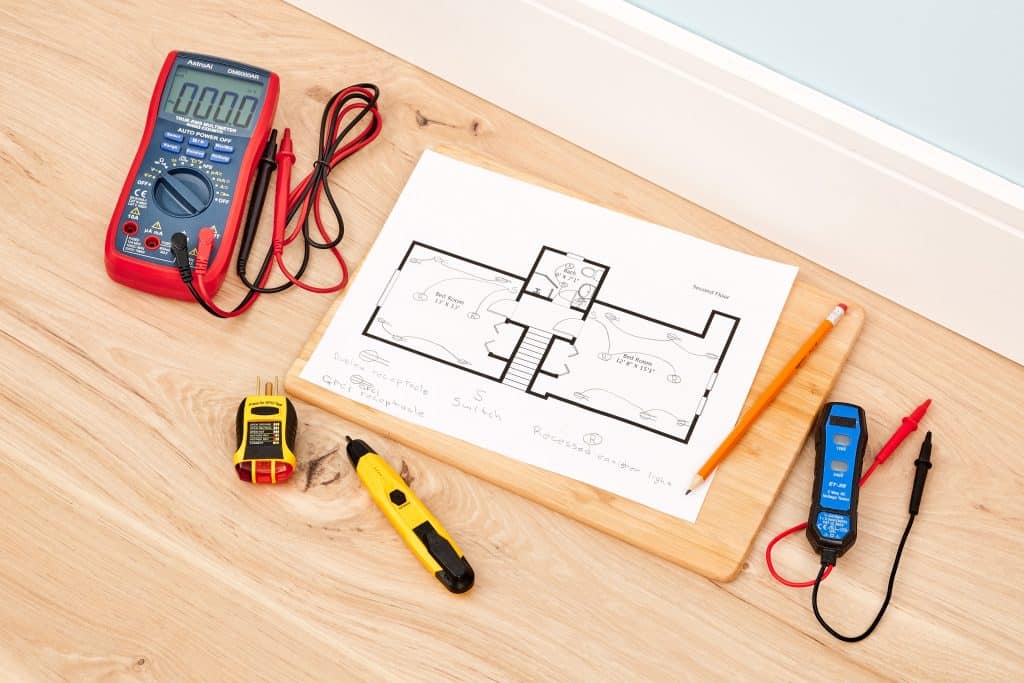
A well-drafted plan is the backbone of any successful DIY electrical project. Begin by outlining a detailed project plan specifying the scope, tasks, and required materials. It’s imperative to turn off the power at the circuit breaker and use a voltage tester to verify that circuits are indeed de-energised. Accidental contact with live wiring can be dangerous.
Familiarising yourself with electrical diagrams is another critical step. These diagrams provide a visual representation of the wiring and components, aiding in understanding how different parts interconnect.
Don’t forget to check local codes and regulations to ensure compliance and obtain necessary permits if required. Adhering to these regulations is not only a legal obligation but also a step towards ensuring the project is safe and reliable.
Safe Wiring Practices
When it comes to safe wiring practices, knowing the proper techniques for splicing and connecting wires is essential. Splicing should be performed using appropriate connectors like wire nuts or terminal blocks, creating secure and insulated connections. It’s crucial to ensure connections are tight and have no exposed wires, which could pose a shock or fire hazard.
Overcrowding in electrical boxes is a common mistake that can lead to overheating. Ensure there is enough space for wires to move freely and that boxes are not filled beyond their capacity. Following these guidelines helps in maintaining safe and orderly wiring systems, reducing the risk of accidents.
Testing and Troubleshooting
Testing is an indispensable step after completing any electrical work. Start with a visual inspection to ensure all connections are secure and that there are no signs of damage or loose wires. Use a multimeter to test for continuity, voltage, and resistance, confirming that everything is functioning correctly.
Common wiring issues such as faulty connections or incorrect wiring can be identified and rectified during this phase. If problems arise, troubleshooting involves methodically checking each section of the wiring to pinpoint and fix the issue. Recheck all connections and components once more to ensure they meet safety standards before finalising the project.
When to Call a Professional
While DIY electrical projects can be rewarding, recognising the scope of one’s skills is crucial. Certain projects, such as those involving the main electrical panel or complex rewiring, may be beyond a DIY enthusiast’s expertise. Overestimating one’s abilities can lead to unsafe conditions and potentially severe consequences.
Knowing when to call an emergency electrician can make all the difference. If there is any doubt about the safety or complexity of a project, consulting a professional is the best course of action. Qualified electricians have the training and experience necessary to safely handle intricate electrical tasks. This can save not only time and effort but also prevent hazardous situations.
Conclusion
In summary, prioritising safety in DIY electrical projects cannot be overstated. Familiarising oneself with basic electrical concepts, using the right safety gear and tools, and planning meticulously are vital steps in ensuring a safe project. Proper wiring techniques, coupled with thorough testing and troubleshooting, further enhance safety.
However, knowing when to call a professional is equally important to avoid overstepping one’s expertise. Continuous learning and adherence to safety protocols are essential for maintaining a safe home environment.
By staying informed and cautious, it’s entirely possible to undertake DIY electrical projects successfully and safely, fostering an environment where safety always comes first.

